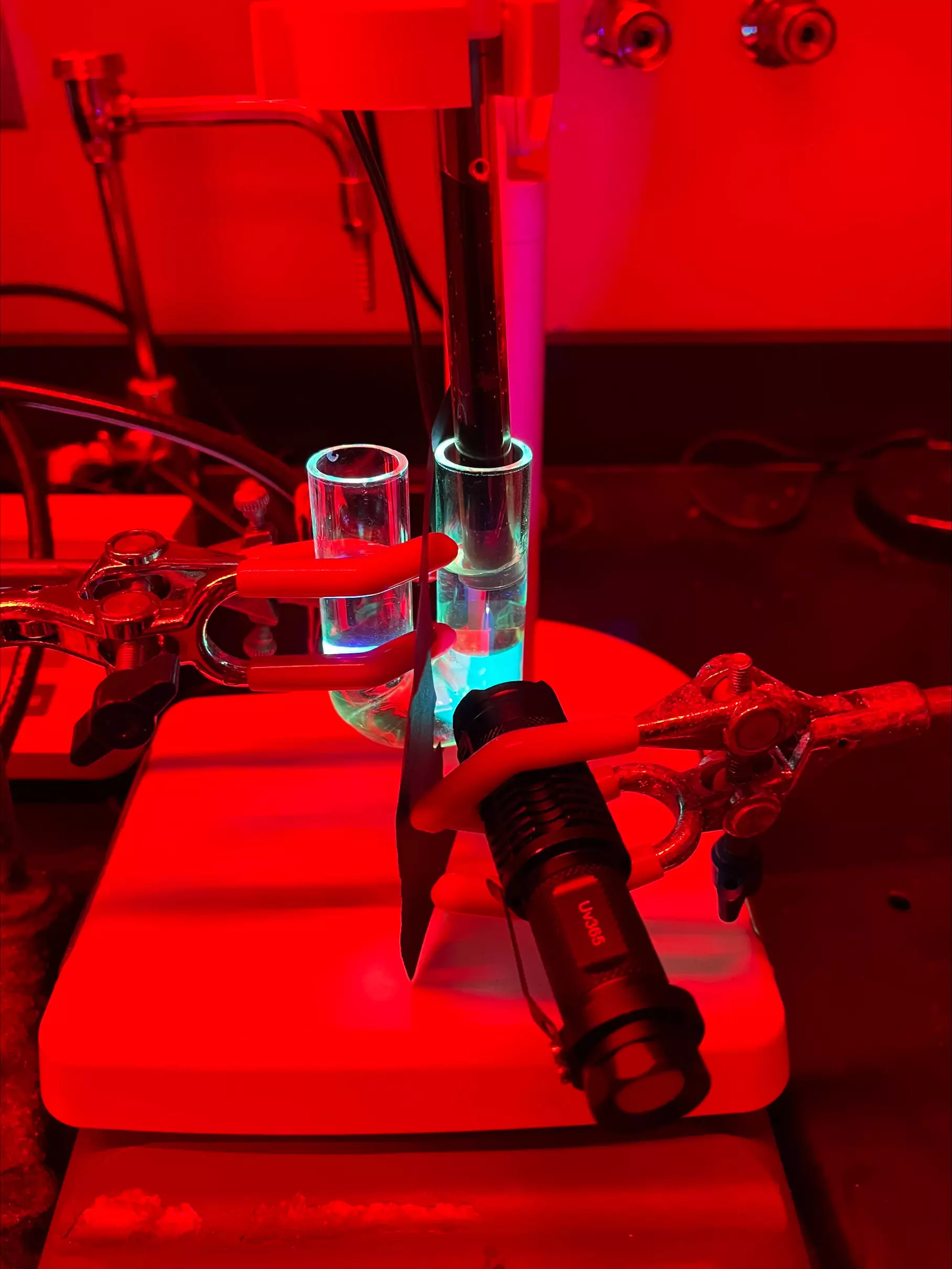Recent advancements in environmental technology have demonstrated a growing commitment to tackling pressing ecological problems, particularly water pollution. Researchers at Dartmouth College have unveiled a groundbreaking self-powered pump designed to address the contamination of water bodies by effectively targeting specific pollutants. This innovative device utilizes the dual functionalities of natural light and synthetic chemistry, thereby offering a sustainable approach to ecological remediation.
The self-powered pump operates through a two-wavelength light mechanism that activates synthetic molecular receptors crafted to identify and bond with negatively charged ions, identified as anions. These anions are often significant contributors to detrimental metabolic changes in both flora and fauna. The innovative approach taken by the Dartmouth team highlights the transformative potential of synthetic receptors in environmental clean-up efforts. When water is introduced into the pump, it passes through molecular receptors that attach to targeted anions. A shift in the light wavelength at the pump’s exit then deactivates these receptors, releasing the pollutants trapped within them. This process cleverly traps the contaminants in an inert substance, ensuring they remain isolated until proper disposal procedures are implemented.
Ivan Aprahamian, the senior author of the study published in the journal Science, aptly frames the research as a “proof of concept.” His statement underscores the feasibility of employing synthetic receptors to harness light energy effectively, transforming it into chemical energy for the targeted removal of contaminants from polluted sources. Currently, the focus is on ions like chloride and bromide, but Aprahamian expresses aspirations to extend the pump’s capabilities to address other problematic anions, such as those found in radioactive waste and agricultural runoff.
The versatility of this self-powered pump holds great promise for addressing various forms of water pollution. Aprahamian envisions a future where multiple receptors can operate simultaneously in one solution, each activated by specific light wavelengths. This capability would enable precise targeting and collection of diverse anion pollutants, effectively customizing radical remediation strategies. Chloride ions have been particularly singled out for research due to their relevance in environmental health. Increased chloride levels, often a consequence of winter stormwater containing road salts, can significantly harm aquatic ecosystems.
Furthermore, the management of chloride is not merely an environmental concern but also relates to human health. An example is the genetic disorder cystic fibrosis, which occurs when cells fail to efficiently expel excess chloride, leading to a variety of health complications including severe respiratory issues. The study illustrates that the pump’s innovative design can engage in molecular manipulation, managing ion transport effectively even against concentration gradients. This corresponds to recent findings indicating that 8% of chloride ions can be relocated from a lower concentration to a higher concentration solution using the device, demonstrating its potential efficacy.
The development of this pump was spearheaded by Ph.D. student Baihao Shao, who conceived the idea for an advanced hydrazone receptor during the COVID pandemic. Despite initial skepticism from mentors, Shao’s vision for a receptor that triggers pollutant collection and release through light activation became a tangible reality. The innovative design approach underscores an important aspect of modern scientific research: the value of persevering against doubts to explore new frontiers in technology.
Additionally, the creation of the synthetic receptor employed “click chemistry,” a revolutionary technique that simplifies the synthesis of complex molecular structures. This approach not only makes the receptor easier to produce but also allows for necessary tweaks and adjustments tailored to specific pollutants. Aprahamian notes that, inspired by natural molecular machines found in living cells, researchers aspire to create systems that function autonomously and sustainably, fueled entirely by renewable energy sources like sunlight.
The potential applications of this technology extend beyond simple pollutant removal. As researchers continue to refine and expand its capabilities, the implications reach far into the future of environmental management. The pursuit of creating self-sustaining filtration systems powered by light could revolutionize how society approaches water pollution and environmental restoration. Furthermore, this awareness dovetails with broader environmental goals and policies worldwide aimed at reducing pollution and conserving ecosystems.
The Dartmouth researchers’ work exemplifies the intersection of science, innovation, and environmental conscientiousness. Their self-powered pump embodies a promising solution for one of the most pressing challenges of our time, potentially transforming water quality management and serving as a model for further advancements in ecological engineering.


Leave a Reply